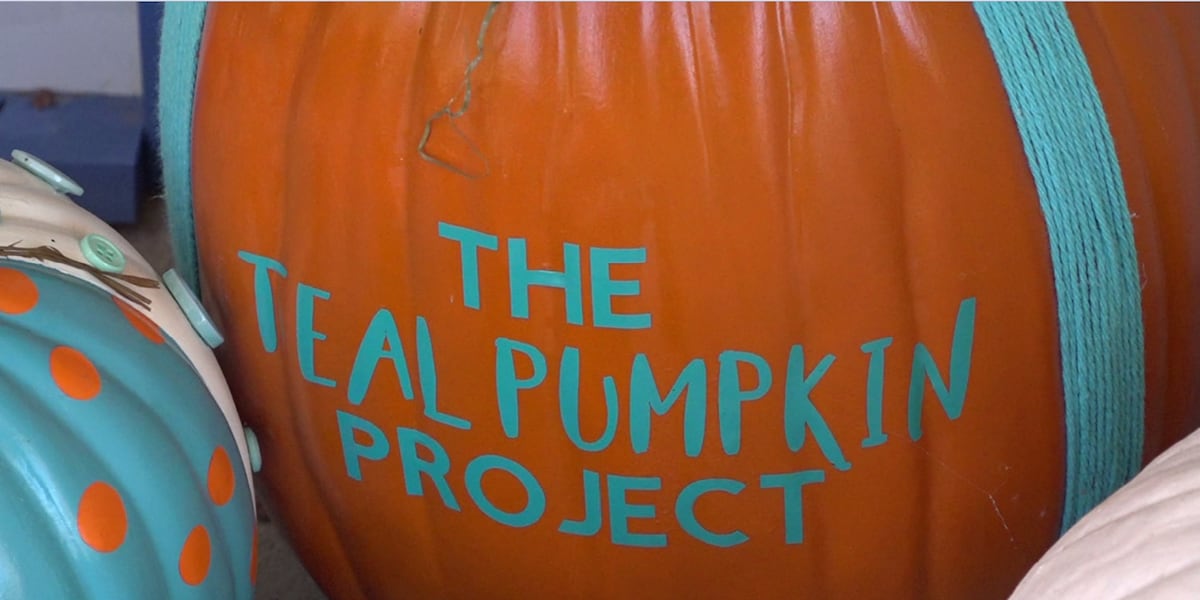
Halloween: Not Just Spooks and Scares for Some Kids
Halloween is just around the corner, and while many children are excitedly preparing their costumes and mapping out trick-or-treat routes, for some kids, this festive occasion brings a very different kind of fear. For children with food allergies, the threat isn’t ghosts or goblins, but rather the chance of encountering life-threatening allergens hidden in Halloween treats.
The Growing Concern of Food Allergies
Halloween is synonymous with assorted candies and treats, but parents of children with food allergies are often filled with anxiety. Common allergens can lurk in many candies, including nuts, milk, eggs, soy, and wheat. According to the Food Allergy Research and Education (FARE), a staggering one in 13 children in the U.S. is affected by food allergies. This is a substantial number, indicating that millions of families face the potential dangers associated with trick-or-treating.
The situation can quickly spiral out of control, as even minute traces of allergens can elicit severe reactions in some children. With so many different candies on the market, parents must be extra vigilant about what their children consume during this sugar-filled holiday.
The Teal Pumpkin Project: An Inclusive Halloween Solution
In response to these challenges, the Teal Pumpkin Project has emerged as a beacon of hope for families fearing allergen exposure on Halloween. This initiative encourages families to provide non-food items as treats to ensure that all children, regardless of their dietary restrictions, can join in on the festive fun. Participants often set up separate bowls containing trinkets and toys for children who may not safely enjoy standard candy options.
To take part in this movement, households can showcase their commitment by placing a teal pumpkin outside their front door. This simple gesture signals safety and inclusivity, allowing parents to identify homes that are friendly to children with allergies. Additionally, families can list their addresses on the Teal Pumpkin Project map, an online tool that helps families find nearby homes offering allergen-free treats.
FARE states, “The more houses on the map, the more inclusive, safe, and fun Halloween is for everyone.” Through this collective effort, communities can take significant strides toward making Halloween a joyous occasion for all children.
Helpful Resources for Parents
For those looking for additional support and knowledge, FARE provides an extensive array of resources tailored for families navigating the complexities of food allergies during the Halloween season. Their website is a treasure trove of information that includes allergy-safe tips specifically geared toward trick-or-treating, as well as an assortment of ideas for creative non-food treats.
Moreover, FARE offers printable resources, including signs available in French, English, and Spanish, that can be displayed at homes to help spread awareness about the Teal Pumpkin Project. These initiatives not only educate the public but also create a sense of community, encouraging participation in this cause.
Navigating the Candy Aisle
As the Halloween season approaches, many parents are left wondering about the safety of commonly enjoyed sweets. The FARE website also provides detailed candy facts and lists potential allergens present in various types of candies, making it easier for parents to make informed decisions about treats. This is especially vital during a time when children may feel pressure to fit in with their peers, often leading to them consuming treats that could pose a risk to their health.
As Halloween festivities unfold, it’s essential for communities to come together in fostering an environment where every child can partake in the fun without fear. Whether it’s through teal pumpkins or offering allergen-free alternatives, small efforts can lead to meaningful changes.
In conclusion, while Halloween is often branded as a frightful night filled with monsters and mysterious happenings, for children with food allergies, the emphasis should also include being inclusive and considerate. This Halloween, let’s ensure no child feels left out, and let’s take actionable steps toward making the holiday not just a spooky time but a safe adventure for everyone. Join the movement, decorate your teal pumpkin, and help spread awareness—after all, everyone deserves to enjoy Halloween!

